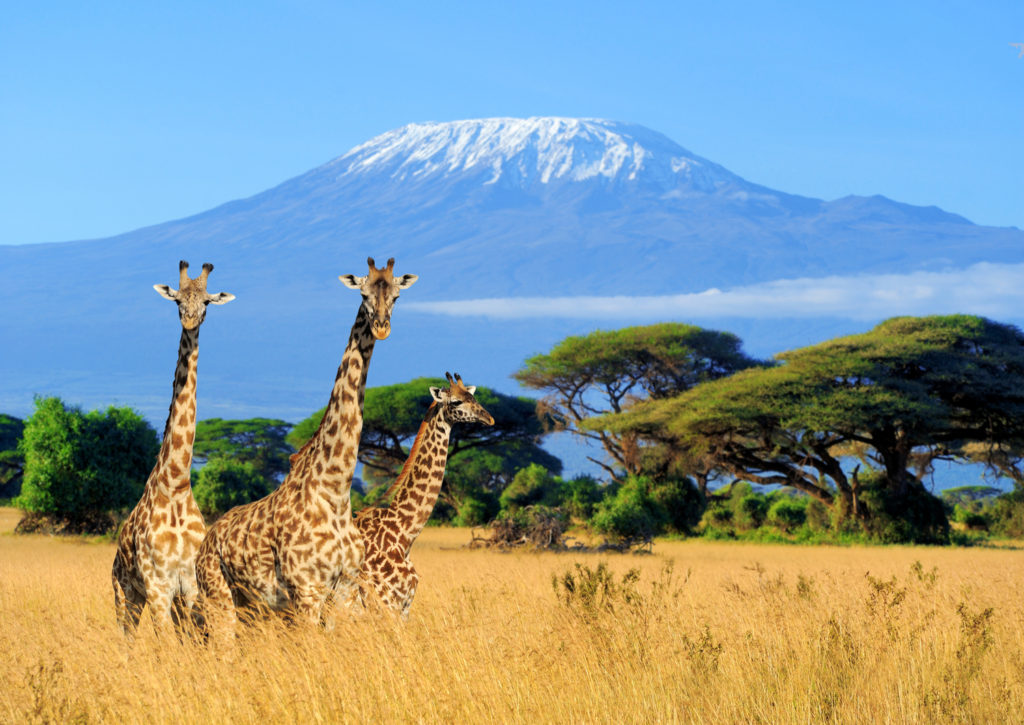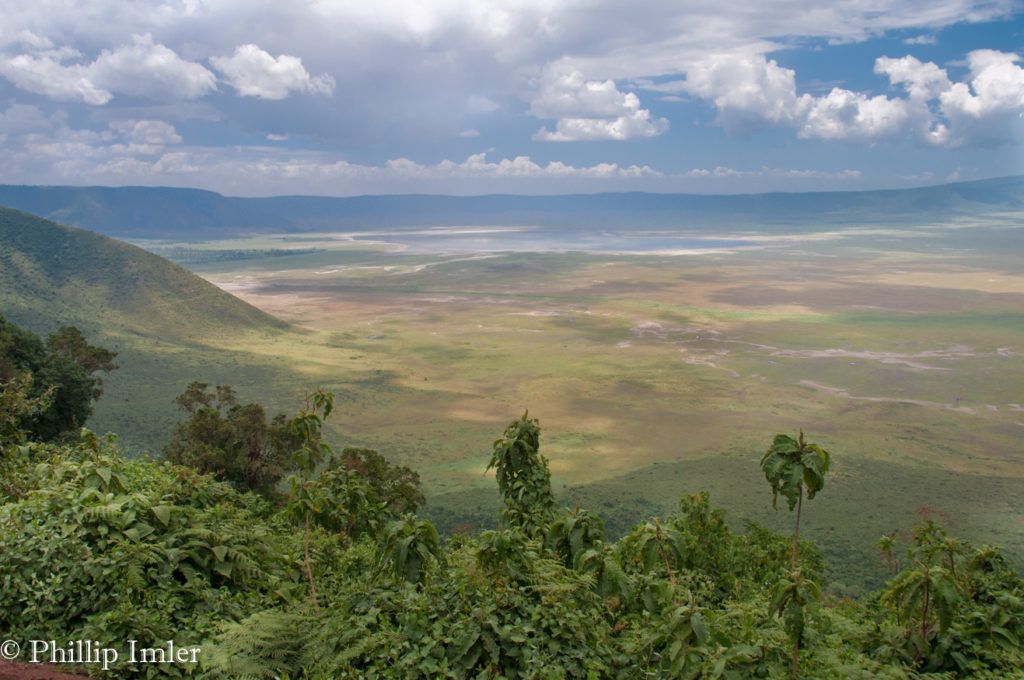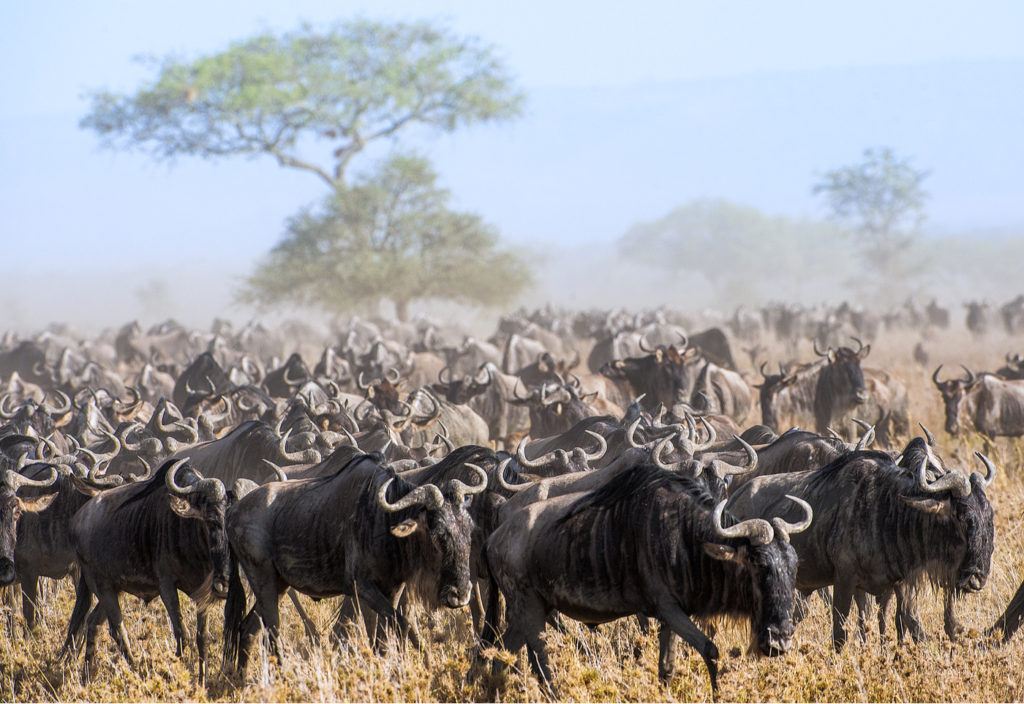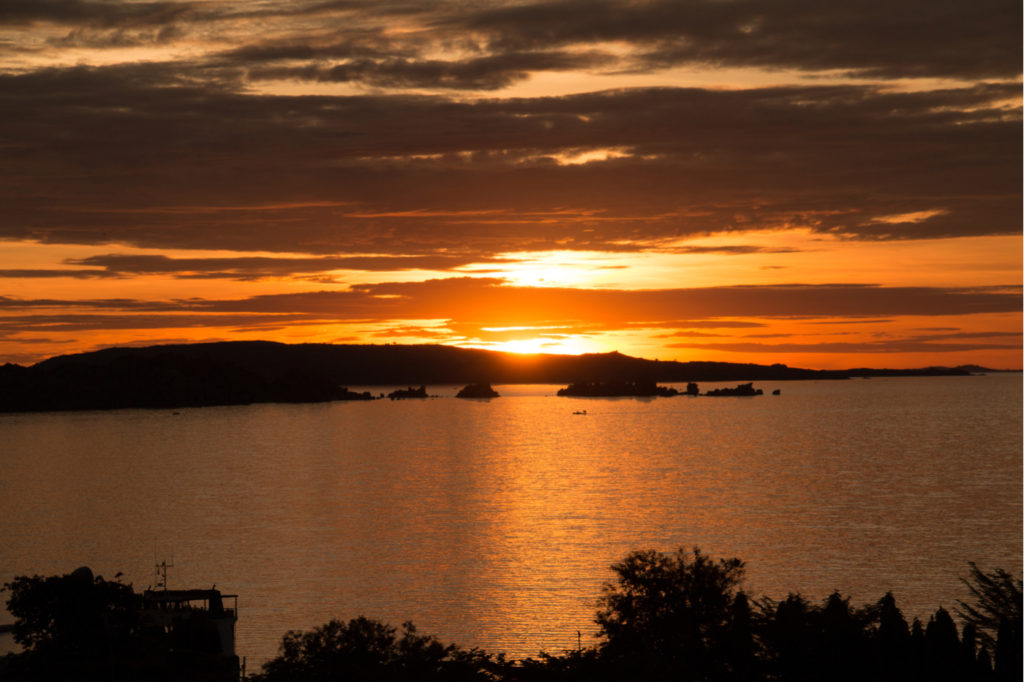7 Wonders of Tanzania
When most people think of Africa they imagine wildlife, safaris and encounters with nature, and Tanzania might just be the capital of such natural attractions. A quick look at the 7 Wonders of Tanzania and it is easy to see that nature monopolizes the wonder status.
Tanzania is a country rich in natural wonders. Three of Africa’s 7 Natural Wonders of Africa call Tanzania home, and serve as the leading nature attractions for the country.
The Seven Wonders of Tanzania lead off with the representatives from Africa’s 7 Wonders of nature. Scroll down to discover and learn more about the best attractions in Tanzania; here are your 7 Wonders of Tanzania:
Mount Kilimanjaro

Mount Kilimanjaro is affectionately called the rooftop of Africa. Mount Kilimanjaro is the tallest mountain in Africa, and it is the tallest free-standing mountain in the world. It reaches a summit of 19,340 feet (5,895 m).
Mount Kilimanjaro is one of the largest stratovolcanoes in the world. It is comprised of seven distinctive peaks with the highest elevation occurring at Uhuru Peak. Additionally, there is a 1.5-mile-wide crater that is located in the Kibo area of the mountain.
Ngorongoro Crater

Ngorongoro Crater is often referred to as “Africa’s Garden of Eden.” It could also be described as a fish bowl of wildlife. Ngorongoro Crater has the distinction of being the largest unbroken caldera from around the world.
Ngorongoro Crater extends across the crater 12 miles (19 km) with the crater floor accounting for 102 square miles (264 sq. km) of intimate encounters with wildlife. The rim of the crater reaches heights of 2,000 feet (610 m) with an elevation of approximately 7,500 feet (2,285 m) above sea level.
Lions, leopards, and cheetah are three predators calling Ngorongoro home. Additionally, visitors can experience around 30,000 animals with other species including elephant, hippo, black rhinos, buffaloes, zebra, and wildebeests. It quite possibly the most intimate encounter with wildlife in all of Africa.
Serengeti Migration

The Serengeti Migration is one of the highlight nature attractions in all of Africa. Although there are other animals the majority of the Serengeti Migration is accounted for by the approximately 1.6 million wildebeests, 470,000 gazelles, and over 250,000 zebras. Collectively, it is the largest terrestrial mammal migration in the world.
The Serengeti Migration involves a circular migration that occurs between Tanzania and Kenya. The majority of the migration occurs in Tanzania, but the migration journey expands across 18,641.1 square miles (30,000 sq. km). It is both the largest and the longest migration in the world.
The name Serengeti means “endless plains.” Approximately 80% of the Serengeti plains are protected by the Tanzania and Kenya governments. Around 250,000 wildebeests are lost every year to starvation, exhaustion, or predators.
Lake Tanganyika

Lake Tanganyika is the largest freshwater lake in Africa, the largest lake by volume in Africa, and the deepest lake in Africa. It places second for each of these qualifications after Baikal in Siberia. Although the Lake Tanganyika extends across 4 countries, Tanzania has the largest percentage at 46%.
Lake Tanganyika is located amidst the Albertine Rift and the East Africa Rift creating the largest rift lake in the world. The lake stretches a length of 418 miles (673 km) with a width of 45 miles (72 km). The surface area of the lake measures 12,700 square miles (32,900 sq. km) with a shoreline stretching 1,136 miles (1,828 km) around the lake.
The average depth of the lake is 1,870 feet (570 m) with the deepest part reaching a depth of 4,820 feet (1,470 m). The lake holds approximately 4,500 cubic miles (18,900 cubic km) of water.
Lake Victoria

Lake Victoria, named after Queen Victoria, is one of Africa’s Great Lakes. The lake has a surface area stretching 26,000 square miles (68,800 sq. km) creating the largest tropical lake in the world, and it creates Africa’s largest fresh water lake by surface area being second in the world to Lake Superior in North America.
Lake Victoria holds 659.8 cubic miles (2,750 cubic km) of water ranking 9th in the world. The lake accumulate its water mostly through rain, however, there are a few rivers emptying into it with the Kagera River being the largest. The Nile River is the only river exiting Lake Victoria.
Lake Victoria reaches a depth of 276 feet (84 m) averaging only 130 feet (40 m). The catchment area expands to 71,000 square miles (184,000 sq. km), with the shoreline stretching 4,438 miles (7,142 km) around the lake. The largest portion of the lake is accounted for by Tanzania at 49% and Uganda at 45%. Kenya accounts for the remain 6%.